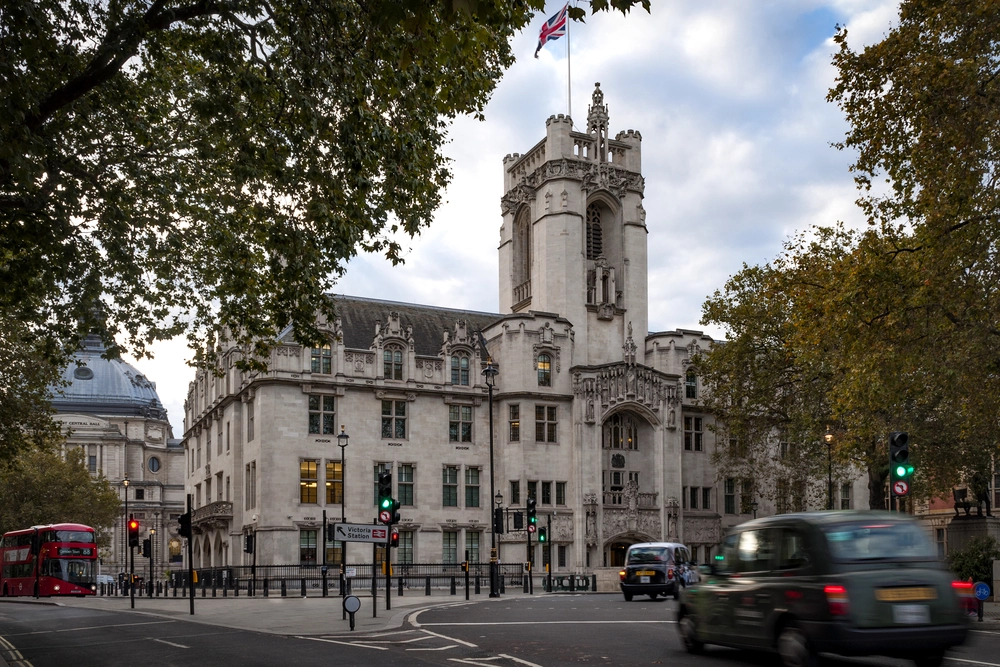
Positive discrimination: balancing equality and meritocracy

By Kate Heller, Charlie Maples
8 Aug 2023 | 3 minute read
The Royal Air Force has come under fire in recent months because initiatives which were implemented in an attempt to boost diversity led to unlawful discrimination. We explore how the RAF got it wrong, and what employers should be doing to avoid making similar mistakes.
Background
Back in 2020, at a time when the Black Lives Matter Movement was shaking the world, the Royal Air Force implemented policies with a view to increasing diversity. Targets were set and by 2030, the RAF wanted 40% of recruits to be female, 20% to be from ethnic minorities and 5% to be LGBT.
As a result of this recruitment drive, between 2020 and 2021, 161 ethnic minority and female candidates were 'pulled forward' onto initial training ahead of white male colleagues. This led to group of at least 31 white males who were held back in training. Upon her appointment into the role of Head of Recruitment, Group Captain Elizabeth Nicholl informed her superiors that she felt the initiative was discriminatory towards white males.
However, her concerns were ignored and as a result she felt she had no option but to resign. In her letter of resignation, she said that prior to her arrival, clear acts of positive discrimination had taken place; and that during her tenure, she had endured institutional pressure to carry out overt acts of positive discrimination which she believed to be immoral, unethical and illegal.
The RAF considered that its policies were consistent with positive action which is lawful as opposed to positive discrimination which is unlawful.
An official inquiry was sparked as a result of the resignation which was conducted by the Ministry of Defence. The full report following the inquiry can be viewed here.
It was found that the RAF's actions did amount to positive discrimination which is illegal.
As a result of the findings, the white males that were discriminated against are due to receive £5,000 in compensation and press headlines suggest that Elizabeth Nicholl is set to receive substantial compensation to the sum of around £1million. Therefore not only is this a PR disaster for the RAF (especially following a sexual misconduct scandal last year) but there are also hefty financial consequences.
What can employers do to avoid making the same mistake?
Whilst it is clear that the RAF's overall aims to increase diversity were of course well intentioned, this is a reminder of how important it is to get it right. To avoid making the same mistakes, it is necessary to understand the difference between positive action and positive discrimination.
Positive discrimination is unlawful. This means preferential treatment to members of a disadvantaged or underrepresented group who share a protected characteristic in an effort order address inequality. You cannot legally therefore choose to only interview candidates of a certain race(s) for management roles having concluded that they are underrepresented at management level; this would be an example of positive discrimination.
However, employers can practice positive action which is essentially some more preferential treatment. There are two types of positive action:
- General positive action
- Positive action in recruitment and promotion
General positive action is where you can take supportive measures such as targeted advertising, training programmes and possibly sponsorship where you have identified there is low participation from certain groups and taking these steps can be considered a proportionate means of achieving a legitimate aim e.g. encouraging individuals of a certain race to go into management.
Positive action in recruitment and promotion is different as it allows employers to choose a candidate with a protected characteristic over another who does not where they are both equally qualified. Think of it as an acceptable basis for a tie-breaker decision. For example, you could choose a female applicant over a male one where they are both considered to be of equal merit in their applications for a senior management position where you have a reasonable basis for thinking female participation at that level of management is disproportionately low.
The only exemption to this rule is that employers are allowed to treat disabled people more favourably than non-disabled people. So you can, for example, have a policy of interviewing all disabled applicants for a role or even restricting certain roles to disabled applicants. You cannot, however, treat a person with one disability more favourably than a person with a different disability.
If you would like to discuss this further, please get in touch with Senior Associate Kate Heller or your usual contact in the Foot Anstey team.












